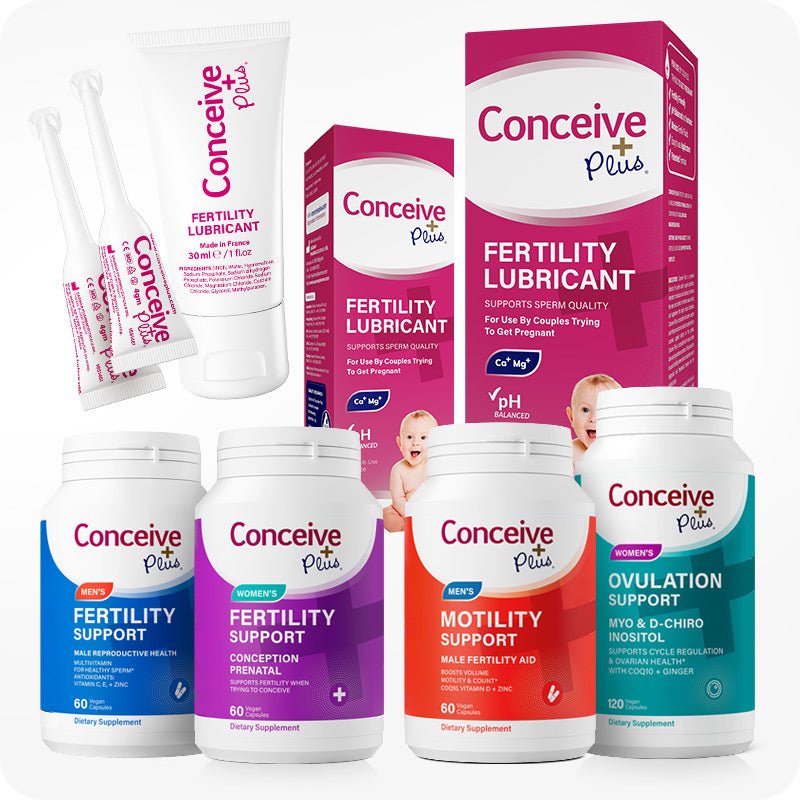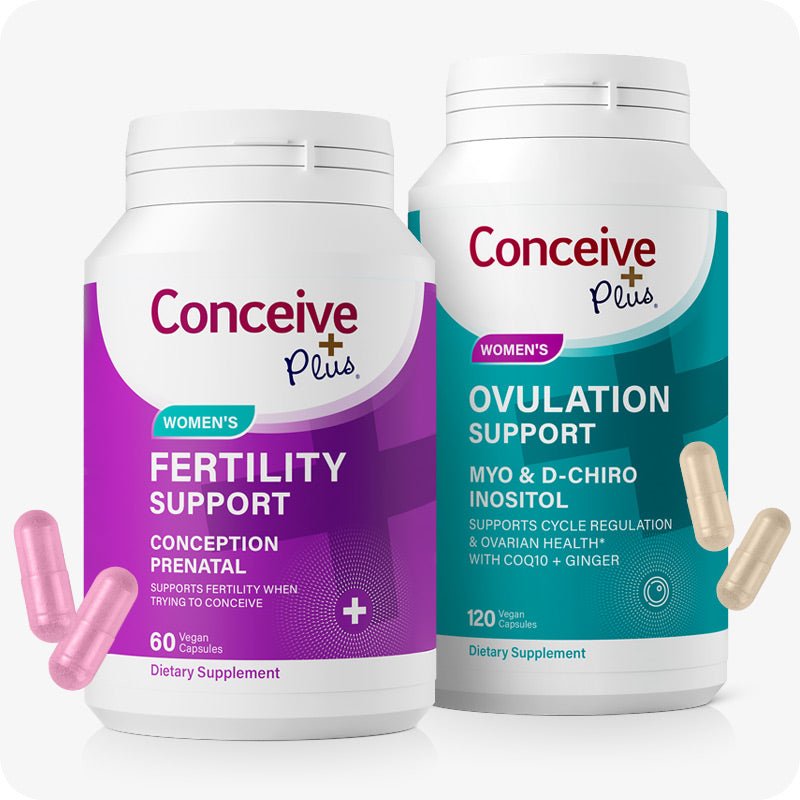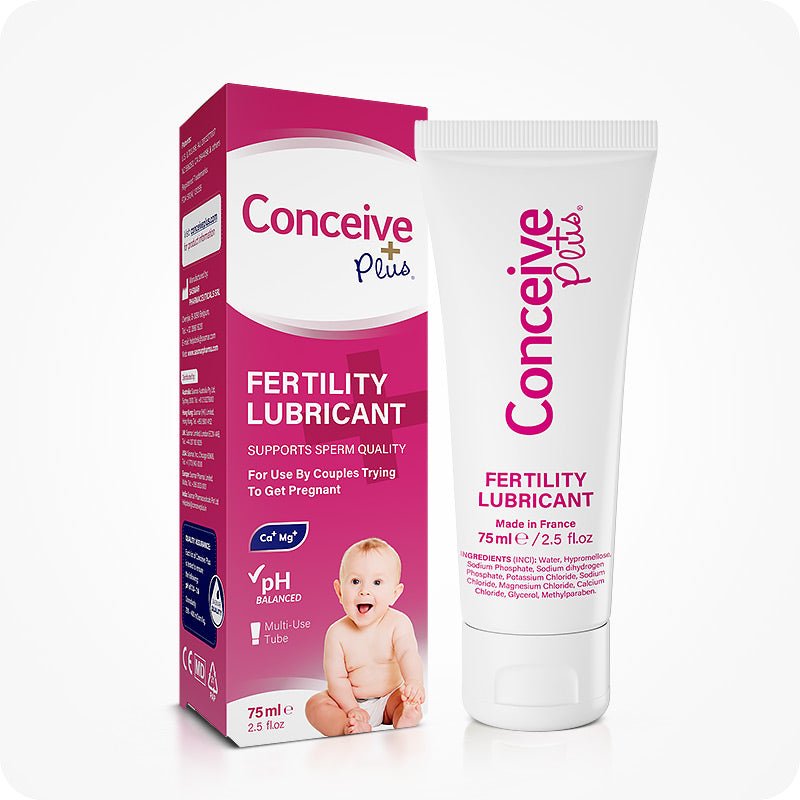How Long To Keep Legs Up To Get Pregnant: Maximizing Conception Chances

Trying to conceive often leads to exploring various methods and tips that might improve your odds. One commonly discussed technique involves lying down and elevating your legs after intercourse. The idea is that gravity can assist sperm in reaching the egg. But how effective is this practice, and how long to keep legs up to get pregnant? This article breaks down the science, myths, and best practices to help you make informed decisions on your fertility journey.
The Concept Behind Elevating Your Legs After Intercourse
The idea of elevating your legs or hips after intercourse comes from the belief that gravity can help sperm travel more efficiently toward the cervix and uterus. Since sperm are microscopic and swimming against gravity can seem challenging, it’s reasonable to think that lying down with your legs raised might give them a better chance to reach the egg.
In addition to elevating your legs, some people suggest placing a pillow under your hips to create a gentle tilt that encourages sperm movement toward the uterus. This technique, often referred to as elevating hips to get pregnant, is widely discussed among those trying to conceive.[1]
Does Science Support Elevating Your Legs?
While the idea of using gravity to aid conception is popular, scientific evidence supporting the necessity of leg elevation is limited. However, some studies and expert recommendations suggest that lying down for a brief period after intercourse can improve conception chances.
- Sperm Mobility and Speed: Sperm are equipped with tails that allow them to swim efficiently toward the egg. In fact, they begin their journey immediately after ejaculation, and within minutes, some sperm may already reach the fallopian tubes.[2]
- Gravity and Position: Although sperm can swim against gravity, lying down for 10-15 minutes post-intercourse may help ensure that more sperm remain in the vaginal canal, increasing the likelihood of successful fertilization.
- Cervical Positioning: In certain positions, like missionary or from behind, the cervix may be closer to the deposited semen. Lying still afterward could maximize the amount of sperm near the cervix, improving the chances of conception.[3]
How Long Should You Keep Your Legs Up to Get Pregnant?
Given the limited scientific evidence, most fertility specialists recommend a reasonable approach to leg elevation:
- Duration: Lying down with your hips slightly elevated for about 10-15 minutes after intercourse may be beneficial. This timeframe allows sperm to pool near the cervix and begin their journey toward the egg. However, keeping your legs elevated for longer periods does not necessarily improve your chances.
- Leg Positioning: Instead of dramatically raising your legs against a wall, placing a pillow under your hips can create a subtle tilt that aids sperm movement without discomfort.
- Comfort and Relaxation: The goal is to remain comfortable and relaxed. Stress and tension can impact fertility, so avoid straining yourself with extreme or uncomfortable positions.
Alternative Tips to Boost Fertility
While focusing on leg elevation may provide some peace of mind, incorporating scientifically supported fertility tips can further enhance your chances of getting pregnant:
- Track Ovulation: Knowing when you’re ovulating is crucial for timing intercourse. Methods include ovulation predictor kits, basal body temperature charting, and monitoring cervical mucus changes.
- Maintain a Healthy Lifestyle: Balanced nutrition, regular exercise, adequate sleep, and stress management support overall reproductive health.
- Frequent Intercourse: Aim for intercourse every 1-2 days during your fertile window to optimize the chances of sperm meeting the egg.
- Avoid Lubricants That Inhibit Sperm Mobility: Some lubricants can hinder sperm movement. Opt for fertility-friendly lubricants if needed.
- Stay Hydrated: Proper hydration supports healthy cervical mucus, which helps sperm travel more easily.
Bottom Line
Ultimately, the question of how long it takes to keep legs up to get pregnant comes down to moderation and comfort. Incorporating this method can be part of a broader approach to conception, but focusing on timing, health, and stress management are equally — if not more — important in achieving a successful pregnancy.
While the idea of elevating your legs to get pregnant is widely shared, the practice is not strictly necessary for conception. However, lying down with a slight elevation of the hips for about 10-15 minutes post-intercourse may help maximize the chances of sperm reaching the egg. This simple practice, along with other fertility-boosting strategies, can provide reassurance during your conception journey.
References:
- Practice Committee of the American Society for Reproductive Medicine in collaboration with the Society for Reproductive Endocrinology and Infertility. Electronic address: ASRM@asrm.org; Practice Committee of the American Society for Reproductive Medicine in collaboration with the Society for Reproductive Endocrinology and Infertility. Optimizing natural fertility: a committee opinion. Fertil Steril. 2017 Jan;107(1):52-58. doi:10.1016/j.fertnstert.2016.09.029. Epub 2016 Oct 26. PMID: 28228319.
- Lobo RA, et al. Ectopic pregnancy: Etiology, pathology, diagnosis, management, fertility prognosis. In: Comprehensive Gynecology. 7th ed. Philadelphia, Pa.: Elsevier; 2017. Available- https://www.clinicalkey.com/#!/content/book/3-s2.0-B9780323653992000267
- Faix A, Lapray JF, Callede O, et al. (2002) 'Magnetic resonance imaging (MRI) of sexual intercourse: second experience in missionary position and initial experience in posterior position'. J Sex Marital Ther 28: 63-76. www.ncbi.nlm.nih.gov



















